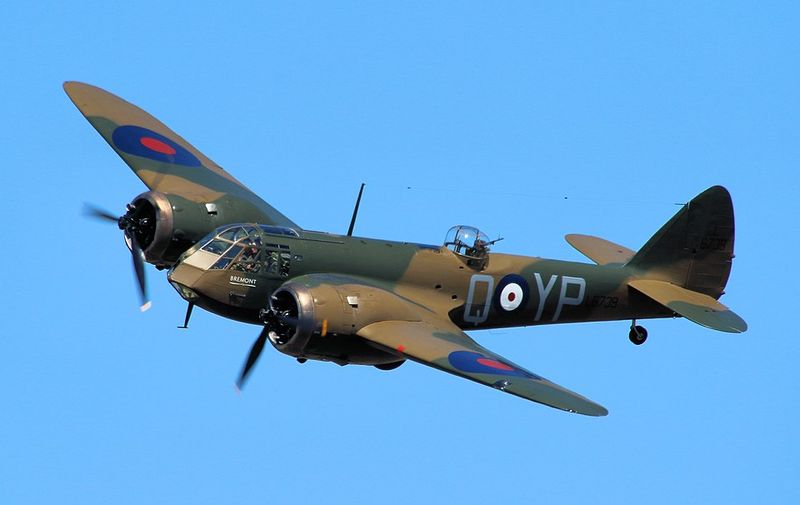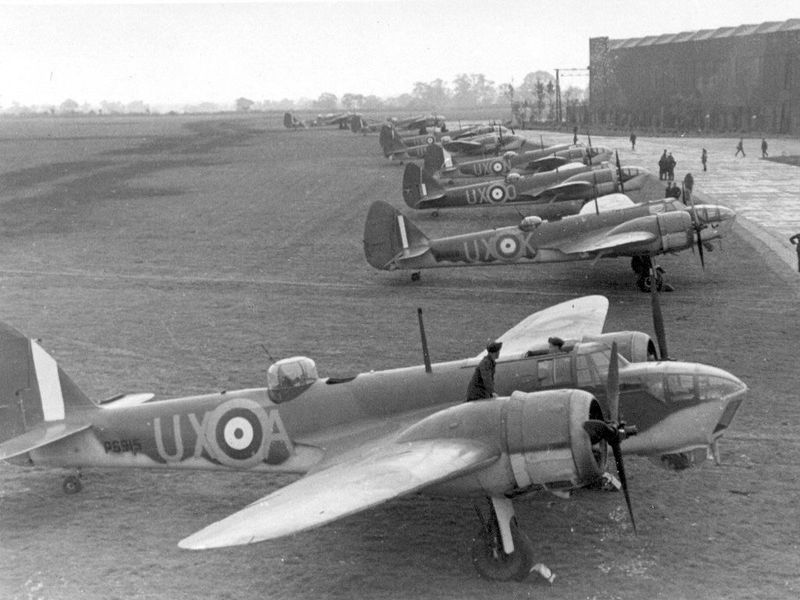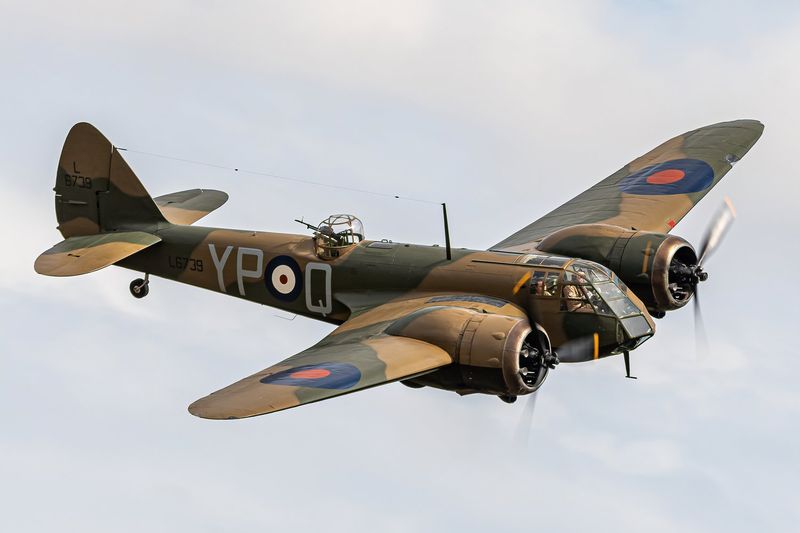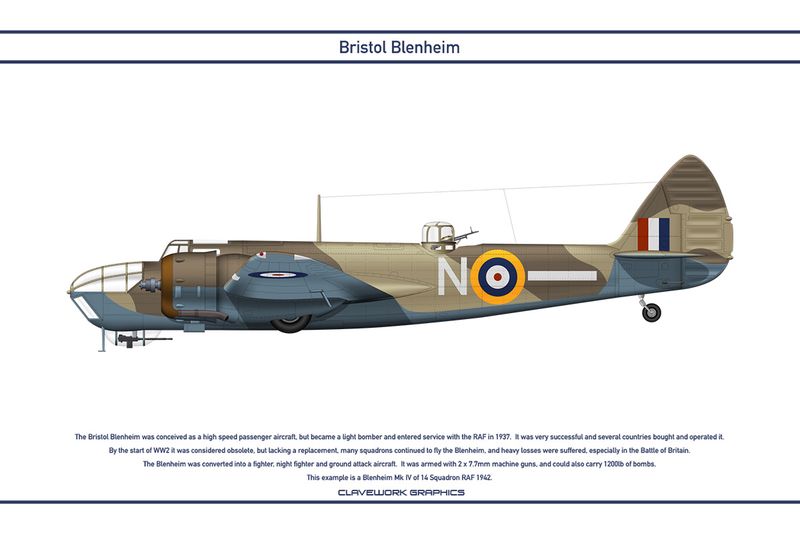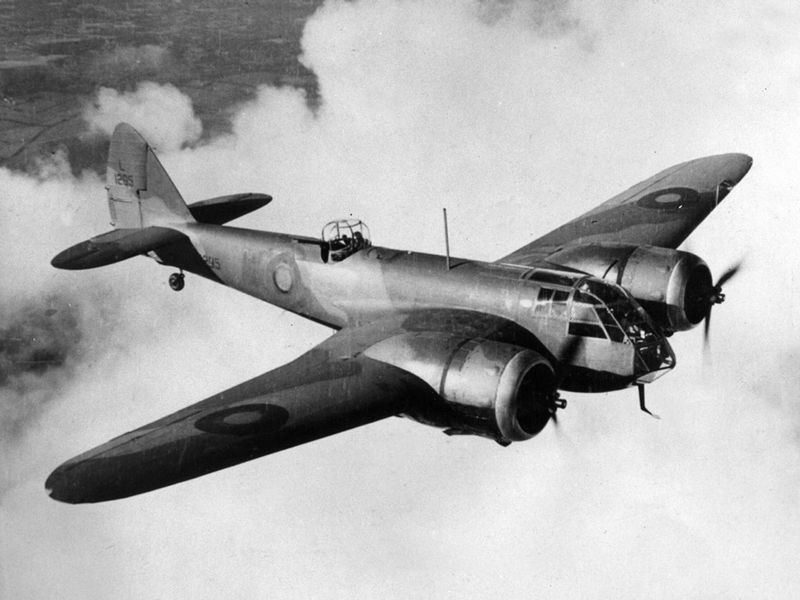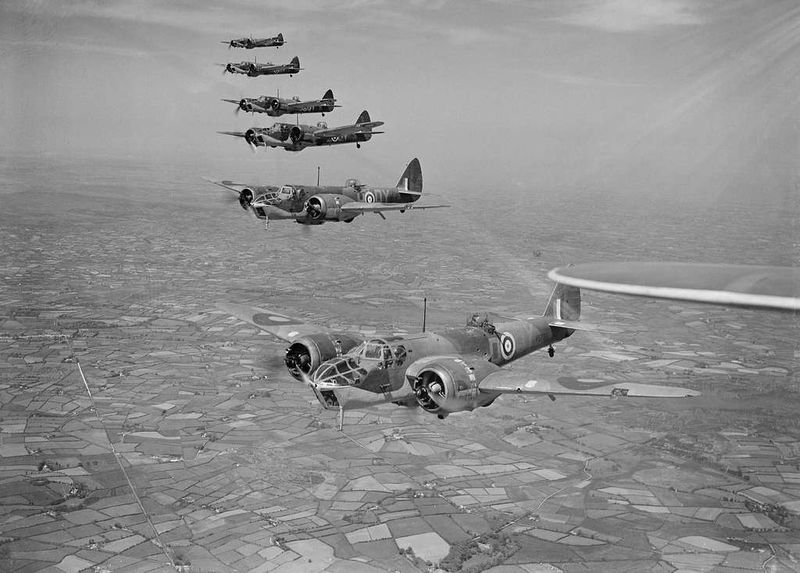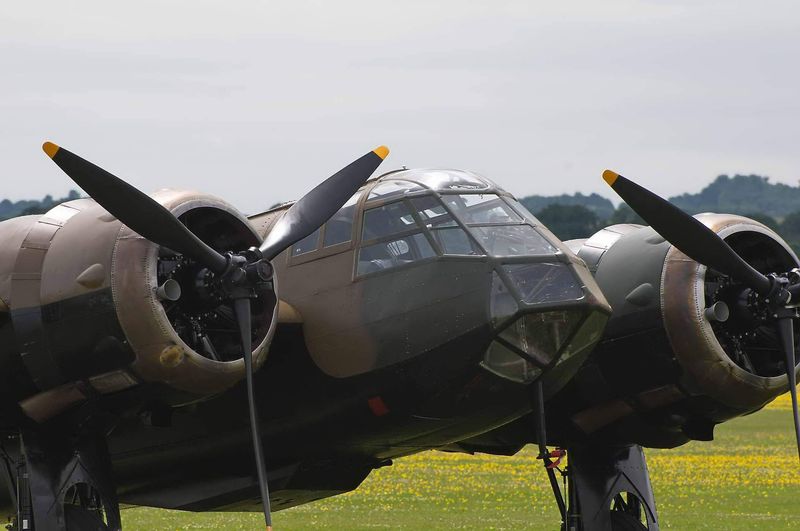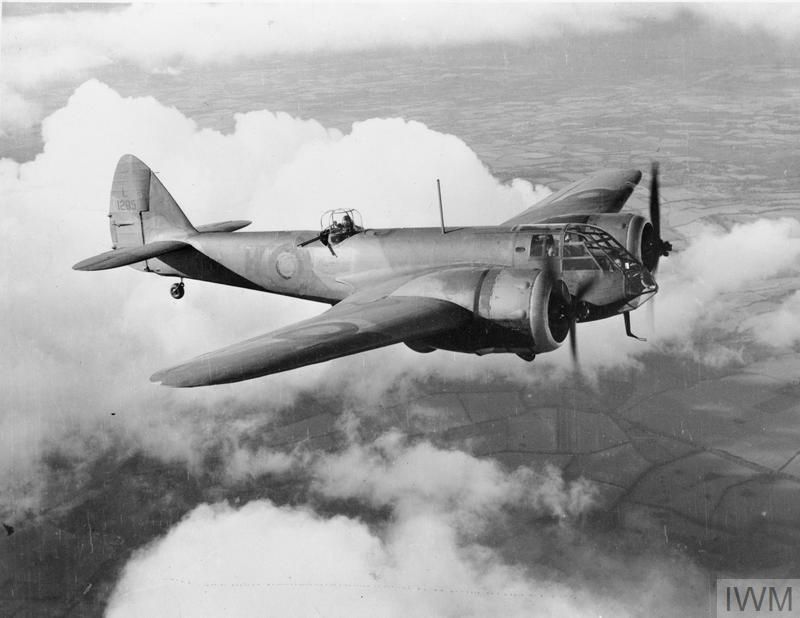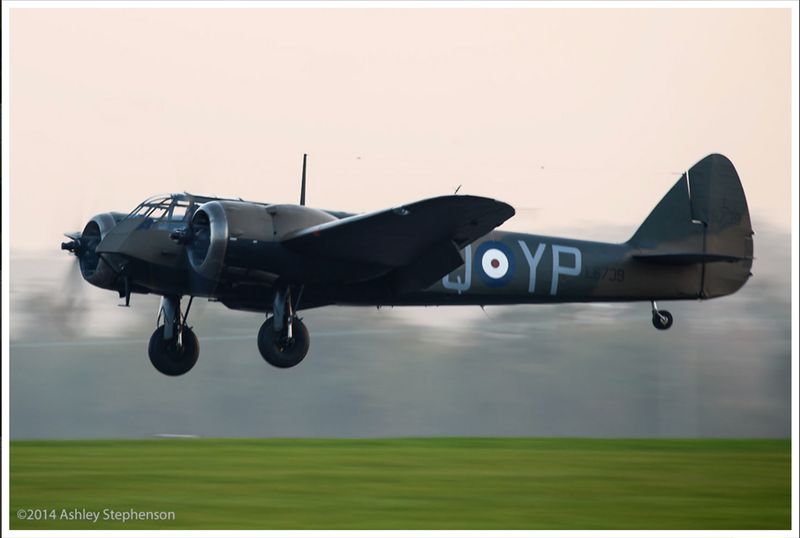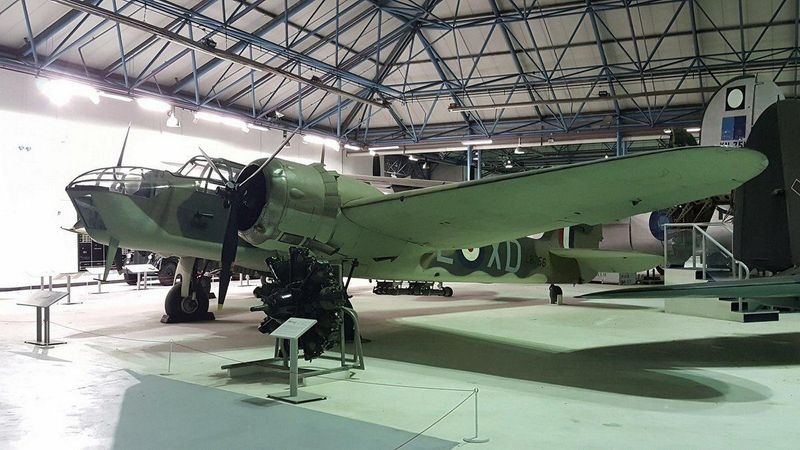When the Bristol Blenheim first appeared in RAF hangars, many pilots chuckled at its cramped interior and nicknamed it the ‘Flying Suitcase.’
This light bomber, converted from a civilian aircraft, seemed hardly threatening.
But on September 4, 1939, just one day after Britain declared war, this unlikely hero became the first British aircraft to bomb Nazi Germany, forever changing its reputation from joke to warrior.
1. The ‘Flying Suitcase’ Nickname
RAF crews dubbed the Bristol Blenheim the ‘Flying Suitcase’ because of its incredibly cramped cockpit. Navigators and gunners often complained they couldn’t stretch their legs during long missions.
Despite the uncomfortable quarters, pilots respected the aircraft. The tight space actually helped with crew communication during dangerous raids when every second counted.
2. First Strike Against Hitler’s Reich
Without fanfare or ceremony, five Blenheims took off on September 4, 1939, targeting German warships at Wilhelmshaven. Their mission marked Britain’s first offensive action against Nazi Germany.
Only four planes returned. The lost crew became the first RAF bombing casualties of the war, setting a somber tone for the years ahead.
3. From Luxury to Warplane
Wealthy newspaper magnate Lord Rothermere originally commissioned the Blenheim’s predecessor as his private luxury aircraft. He wanted Britain’s fastest civilian plane—he got it.
The Air Ministry spotted its potential immediately. With some military modifications, this luxury transport transformed into Britain’s most modern bomber of the mid-1930s.
Lord Rothermere never imagined his quest for speed would produce a warplane that would help save his nation.
4. Three Men in a Tight Spot
Imagine sharing your office with two colleagues—but the office is smaller than an elevator. Blenheim crews endured these conditions for hours while dodging enemy fire.
The pilot sat up front with some visibility, while the navigator/bomb aimer crouched below in a glass nose section. Most uncomfortable was the rear gunner, perched in a tiny turret with minimal protection from enemy fighters or freezing temperatures.
5. Surprisingly Advanced Technology
The Blenheim boasted features that were revolutionary in the 1930s. Its retractable landing gear reduced drag, while variable-pitch propellers allowed pilots to adjust efficiency during different flight phases.
Most impressive was its powered gun turret—a significant advantage over fixed guns. Early models could reach 285 mph, outpacing many fighters of the era.
These innovations gave Britain a technological edge during crucial rearmament years.
6. Global Workhorse of Early WWII
From freezing North Sea patrols to scorching North African deserts, Blenheims served wherever Britain fought. Finnish forces even used them against Soviet invaders during the Winter War.
By 1941, though outclassed by newer aircraft, they still flew critical missions in Greece and Malaya. RAF squadrons in India relied on them for Burma operations.
This versatility made the Blenheim essential during the war’s darkest early years.
7. Blueprint for Modern RAF Bombers
Hidden beneath the Blenheim’s modest appearance was a revolutionary design philosophy. Its internal bomb bay meant weapons could be carried inside rather than strapped underneath, improving aerodynamics dramatically.
This clean, fast-bomber concept directly influenced later legends like the wooden Mosquito. Even the mighty Lancaster bomber, which would eventually level German cities, owed design debts to this pioneering aircraft.
8. Deadly Vulnerability by Battle of Britain
By summer 1940, Blenheim crews faced a grim reality—their once-advanced aircraft had become flying coffins. German Bf 109 fighters could easily outmaneuver them, while improved anti-aircraft guns tracked them mercilessly.
Daylight missions over France became virtual suicide runs. One squadron lost all six aircraft in a single raid, with only two crewmen surviving.
Still, the RAF had no choice but to keep sending them until better aircraft arrived.
9. Courage Against Impossible Odds
Blenheim crews knew their survival chances were slim, yet they kept flying. During one famous raid, five aircraft attacked the Dortmund-Ems Canal at treetop level—only one returned.
Squadron Leader Garland and Flight Lieutenant Fane earned posthumous Victoria Crosses that day. Their sacrifice typified the spirit of early Blenheim operations.
Young men—average age just 22—knowingly flew obsolete aircraft against superior forces to keep Britain in the fight.
10. The Unsung Hero’s Legacy
While Spitfires claimed glory and Lancasters flattened cities, the humble Blenheim has been largely forgotten by popular history. Yet it was this aircraft that first proved Britain could strike back against Hitler’s seemingly unstoppable war machine.
Over 6,000 were built in various versions. They bought precious time during Britain’s darkest hours, allowing the development of the aircraft that would eventually win the air war.

